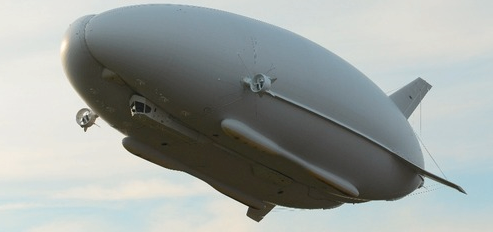Birthdays
Mayim Bialik b. 1975 (The Big Bang Theory, Pumpkinhead)
Jennifer Connelly b. 1970 (Hulk, The Day The Earth Stood Still, Inkheart, Labyrinth, Phenomena)
Madchen Amick b. 1970 (Witches of East End, Fantasy Island[reboot], Star Trek: The Next Generation, Sleepwalkers)
Sarah Douglas b. 1952 (Superman II, Conan the Destroyer, Stargate SG-1, Babylon 5, Beastmaster 2, V: The Final Battle, Space: 1999, The Last Days of Man on Earth)
Bill Nighy b. 1949 (Harry Potter and the Deathly Hallows, Jack the Giant Slayer, Wrath of the Titans, Doctor Who, Total Recall [reboot], Underworld, Pirates of the Caribbean, The Hitchhiker’s Guide to the Galaxy, Shaun of the Dead, Phantom of the Opera)
Leslie Schofield b. 1938 (Star Wars: A New Hope, Doctor Who)
Eugene Burdick b. 1918 died 26 July 1965 (author, Fail-Safe, The 480)
I'm assuming people do not need the first five names on the list "explained". I always love a same day birth pair, and with Ms. Amick and Ms. Connelly, that's a whole lot of pretty. You could argue that Sarah Douglas in Superman II is not the most iconic genre role on the list, but then, you'd be arguing with me and... it's my blog.
Leslie Schofield played a Death Star officer who told Grand Moff Tarkin the stolen plans could present a problem, only to be on the receiving end of serious Moff scoff.
Eugene Burdick, the only dead guy on today's list. wrote Fail-Safe and The 480, a political thriller that warns of people predicting the future using... computer simulations!
Yes, this is back in the punch card days. Scary!
Many happy returns of the day to all the living on the list, and thanks to Mr. Burdick for all the memories.
Predictor: Isaac Asimov, asked to speculate about 2014 in honor of the 1964 World's Fair
Predictions, (interrupted with reality): Communications will become sight-sound and you will see as well as hear the person you telephone. The screen can be used not only to see the people you call but also for studying documents and photographs and reading passages from books. Synchronous satellites, hovering in space will make it possible for you to direct-dial any spot on earth, including the weather stations in Antarctica, shown in chill splendor as part of the '64 General Motors exhibit.
(Okay, let's just stop here for a moment. This is a tape measure home run. Not just picture phones but documents on the Internet and large scale com-sat networks. Very nice work, Mr. Asimov, really tip-top.)
(What could go wrong now? Well, Isaac gets a little space happy.)
For that matter, you will be able to reach someone at the moon colonies, concerning which General Motors puts on a display of impressive vehicles in model form with large soft tires intended to negotiate the uneven terrain that may exist on our natural satellite.
(Would soft tires make the most sense? Fixing a flat in a vacuum sounds like a major pain in the butt.)
Any number of simultaneous conversations between earth and moon can be handled by modulated laser beams, which are easy to manipulate in space. On earth, however, laser beams will have to be led through plastic pipes, to avoid material and atmospheric interference. Engineers will still be playing with that problem in 2014.
Conversations with the moon will be a trifle uncomfortable, by the way, in that 2.5 seconds must elapse between statement and answer (it takes light that long to make the round trip). Similar conversations with Mars will experience a 3.5-minute delay even when Mars is at its closest. However, by 2014, only unmanned ships will have landed on Mars, though a manned expedition will be in the works and in the 2014 Futurama will show a model of an elaborate Martian colony.
(Okay, space happy but not space crazy. No one stepping foot on Mars by 2014. Recall that Heinlein and Clarke had us all over the galaxy by the turn of the century. Isaac steals a point from Bob and ACC by being sensible.)
Looking one day ahead... INTO THE FUTURE!
TED Talks! Movers! Shakers! Game Changers! Clueless dorks!
Join us then... IN THE FUTURE!



At last year's FIRST Robotics Championships in St, Louis, NASA had a display of the Mars Rover, and talked about how hard it was to design the wheels. They had to work on rock and sand, be light and strong, AND they managed to create a collapsible design that took up less space. It was remarkable.
ReplyDeleteBut they weren't inflatable. That just seems silly.
It seems so obvious, but damn it, Rotten, I'm a mathematician, not a mechanical engineer!
Delete